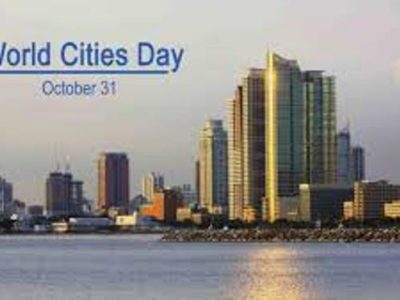Brett Goshen, CEO of MTN, Ghana, said last Tuesday the company had all the resources and expertise to deal adequately with network challenges. However, hesaid that the slow pace at which permits were delivered for the building of cell sites posed a challenge to the company’s efforts.
He told the Ghana News Agency that agencies in charge of issuing permits were too slow. Goshen explained that before a telecom operator could mount a cell site, they needed to obtain separate permits from the Environmental Protection Agency (EPA), Ghana Civil Aviation Authority (GCAA), District, Metropolitan and Municipal Assemblies and the Ghana National Fire Service.
He noted that the agencies had not been able to keep up with the fast rate at which the telecom industry was developing possibly because they were understaffed, saying, this partially accounted for the congestion particularly on the networks of huge operators like MTN. Goshen said “The rate of growth of the industry might have overwhelmed the staff of the permit agencies and for that they are not able to keep up with the pace in terms of the demand for permits by the various operators,”.
He said before MTN took over from Areeba, the latter used to install about 50 cell sites in a year but currently MTN was installing twice that number in a month and that could be overwhelming for the largely understaffed permit agencies.
Goshen said one base transmitter station (BTS) could only take between 2,500 and 3,000 calls at a time, adding that with almost seven million subscribers, MTN required more base stations particularly within the densely populated communities to ensure quality call. “Hundreds of our requests for permits to mount cell sites to increase capacity and improve call quality are still outstanding and we are not alone. Other operators are facing similar challenges but the problem becomes bigger with MTN because of our relatively huge subscriber base,” he said.
Goshen said there was no reason why MTN equipment should be sitting in warehouses for months while permit agencies were taking a minimum of six months to issue a single permit. He noted that issues with residents of densely populated communities, particularly in the cities, were also a militating factor to operators’ efforts at installing infrastructure to increase capacity and improve service delivery quality.
Goshen said “The EPA, for instance, will not issue a permit even if an individual is opposed to the mounting of a cell site close to their house on grounds of health, noise and other concerns.” He assured subscribers that MTN was working around the clock to provide the “highest call quality”, saying that owing to challenges of obtaining permits in good time MTN was vigorously championing co-location deals with other operators to enable more than one network to share cell sites.
“Co-location is very close to our hearts and we are getting on very well with the other operators in reaching co-location deals to enable us to provide better services to our teaming customers,” Mr Goshen said. He said operators have so far agreed on hundreds of cell sites to co-locate their infrastructure. Mr Goshen said “MTN has provided the list of all its existing and proposed future cell sites to our competitors but some have still not reciprocated our gesture.”
He said MTN was pursuing co-location deals beyond just the sharing of cell sites to even agreements on how to share fibre routes, adding that talks were under way with the National Fibre Optics Backbone Company to agree on sharing fibre optics routes and paths. “It is our belief that the networks can come to an agreement on how our fibre routes can serve as backups for each other,” Goshen said. He assured MTN subscribers that the company would go to every extent to ensure that they had good quality service, saying that this year alone MTN planned to spend half a billion dollars on network infrastructure.
MTN Ghana CEO complains about permit times for new base stations




















